
Privacy statement: Your privacy is very important to Us. Our company promises not to disclose your personal information to any external company with out your explicit permission.
A bench lathe is an essential tool for many DIY enthusiasts, hobbyists, and professionals. Whether you’re turning metal, wood, or plastic, achieving precision with your lathe is crucial to the quality of your work. However, mastering accuracy with a bench lathe requires more than just turning on the machine and hoping for the best. It demands careful setup, a thorough understanding of the lathe’s functions, and an ongoing commitment to maintenance.
In this comprehensive guide, we’ll explore several key factors that will help you achieve and maintain accuracy in your lathe work. From setting up your bench lathe to using the right tools and techniques, we’ll cover everything you need to know to get the best results every time.
Before you can make precise cuts, it’s essential to understand the components of your lathe and how they interact. A bench lathe typically consists of several key parts, including:
The Bed: The long, horizontal base that holds everything together. It must be level and free of debris for smooth operation.
Tailstock and Headstock: These hold the workpiece and cutting tools in place. The headstock is driven by the motor, while the tailstock remains stationary.
Tool Rest: This supports the cutting tools, ensuring they stay steady during the process.
Carriage: The part of the lathe that moves the tool rest and tailstock, controlling the precision of your cuts.
Chuck: A clamping device that holds the workpiece securely in place.
Familiarizing yourself with these components will help you understand how they influence the overall accuracy of your work. Each part must be properly calibrated and adjusted to ensure the lathe functions optimally.
The first step toward achieving accuracy with your bench lathe is setting it up properly. Here’s how you can do it:
Your lathe must be level for accurate cutting. A bench lathe that’s slightly tilted can lead to uneven cuts. Use a bubble level to ensure the machine is sitting flat on a stable surface. Adjust the feet of the lathe or shim it if necessary to maintain balance.
Make sure the lathe is securely bolted to your workbench or other surface. Any movement during operation can cause vibrations, leading to inaccuracies. Tighten all fasteners and double-check that the lathe is firmly in place before starting your work.
Alignment is critical for accurate lathe work. The tailstock and headstock need to be perfectly aligned with each other to avoid off-center cuts. Use a dial indicator or a similar tool to check the alignment and make adjustments as needed.
The right tools can make a significant difference when it comes to accuracy. Bench Lathes are versatile machines, but the tools you use will depend on the material you're working with and the type of cuts you're making.
Invest in good-quality cutting tools, such as carbide-tipped tools or high-speed steel (HSS) tools. These materials are durable and maintain sharp edges longer, leading to smoother, more precise cuts.
Make sure your tool holders are secure, and your chuck is properly installed. A poorly fitted chuck can cause your workpiece to wobble, resulting in inaccurate cuts. When selecting tool holders, choose those that are compatible with your lathe’s specifications.
Precision measuring tools, such as micrometers, calipers, and dial indicators, are indispensable when it comes to verifying the accuracy of your work. Use them regularly to measure the dimensions of your workpiece, ensuring that you’re on the right track.
Once your bench lathe is set up and you have the right tools, it’s time to focus on cutting techniques. Your skill as a machinist plays a huge role in achieving precision with a lathe.
One of the keys to accurate lathe work is moving slowly and steadily. Take your time to make small, precise cuts rather than rushing through the process. This not only ensures accuracy but also prevents overheating and tool wear.
Always be mindful of the depth of your cuts. Taking too deep of a cut can lead to chatter and inaccuracies. Start with shallow cuts and gradually increase the depth if needed. For delicate materials, lighter cuts will yield better results.
The speed at which your lathe operates affects the precision of your work. Different materials require different speeds for optimal cutting. For example, metal usually requires slower speeds compared to wood. Refer to the manufacturer’s manual to determine the appropriate speed settings.
Feeding too quickly can cause vibrations and inaccuracies. Feed your material slowly and steadily into the cutting tool to ensure smooth and precise cuts. Adjust the feed rate based on the type of material you’re working with and the complexity of the cut.
Lathe chatter is a common problem that can compromise the accuracy of your work. It happens when the cutting tool vibrates or bounces while working, resulting in uneven cuts and surface imperfections. Here’s how you can prevent and fix chatter:
Ensure that your tool is firmly secured in the tool rest and that there is no excessive play. A loose or improperly set-up tool is more likely to vibrate, leading to chatter.
Chatter is often caused by using the wrong combination of speed and feed rate. If the tool is vibrating, try lowering the speed or slowing down the feed rate. This can help to minimize the oscillation and improve the accuracy of your cuts.
Switch to a stiffer tool material if you’re experiencing frequent chatter. Carbide tools tend to be more rigid than HSS tools, which can help reduce vibrations during cutting.
Proper maintenance is key to keeping your bench lathe in good working order. Regularly checking and calibrating the machine ensures it runs smoothly and accurately.
Dirt and debris can interfere with the precision of your lathe. Make it a habit to clean the machine after every use. Remove dust, chips, and any other debris from the bed, tool rest, and other parts of the lathe.
October 29, 2024
October 28, 2024
Email to this supplier
October 29, 2024
October 28, 2024






Explore our Extensive Range of Precision Metalworking Machine Tools. Discover the Power of Precision and Innovation in Metal and Material Processing with Weiss
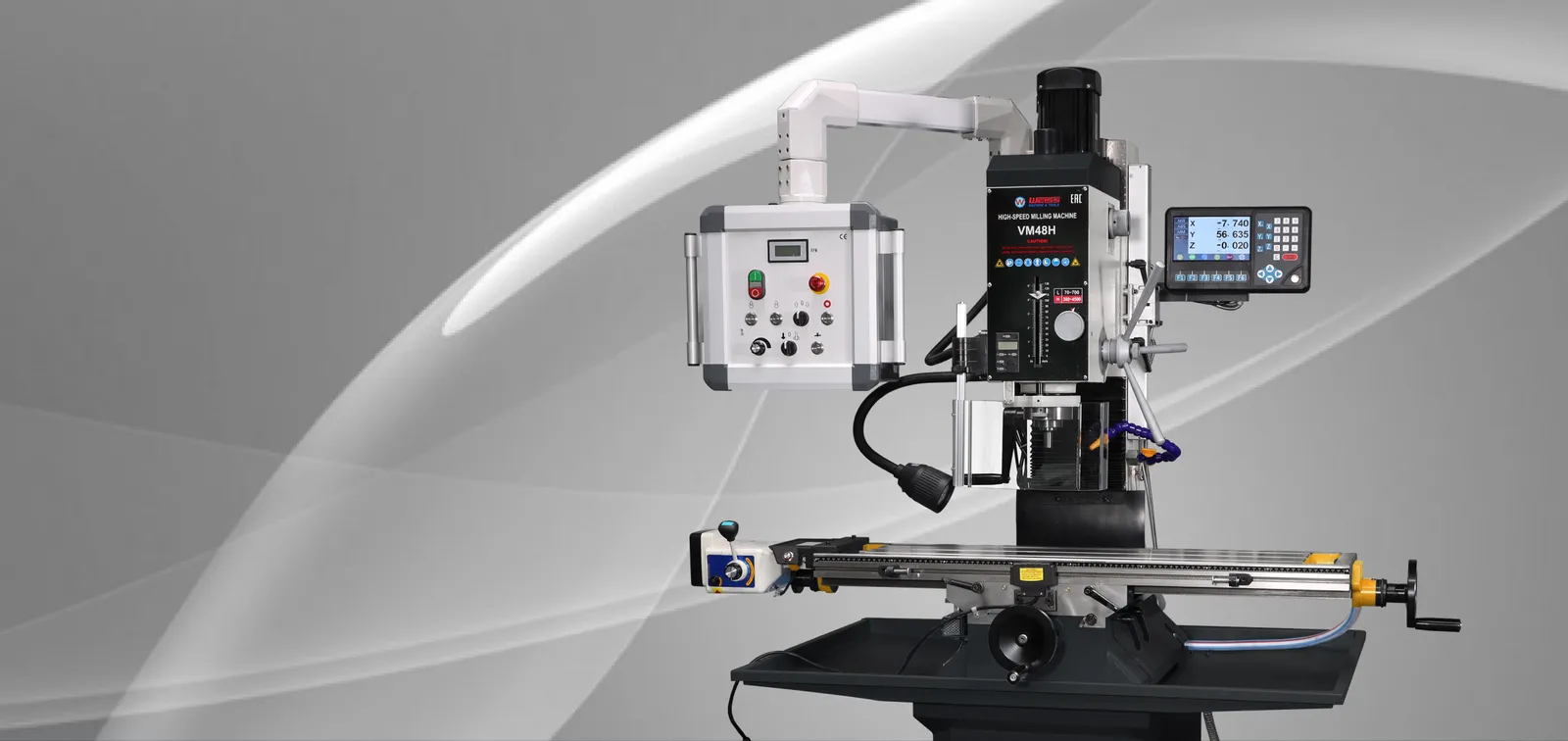
Heavy, stable and solid column,
made of high-quality gray cast iron, with ground and scraped dovetail guide,
for high stability and precision
View More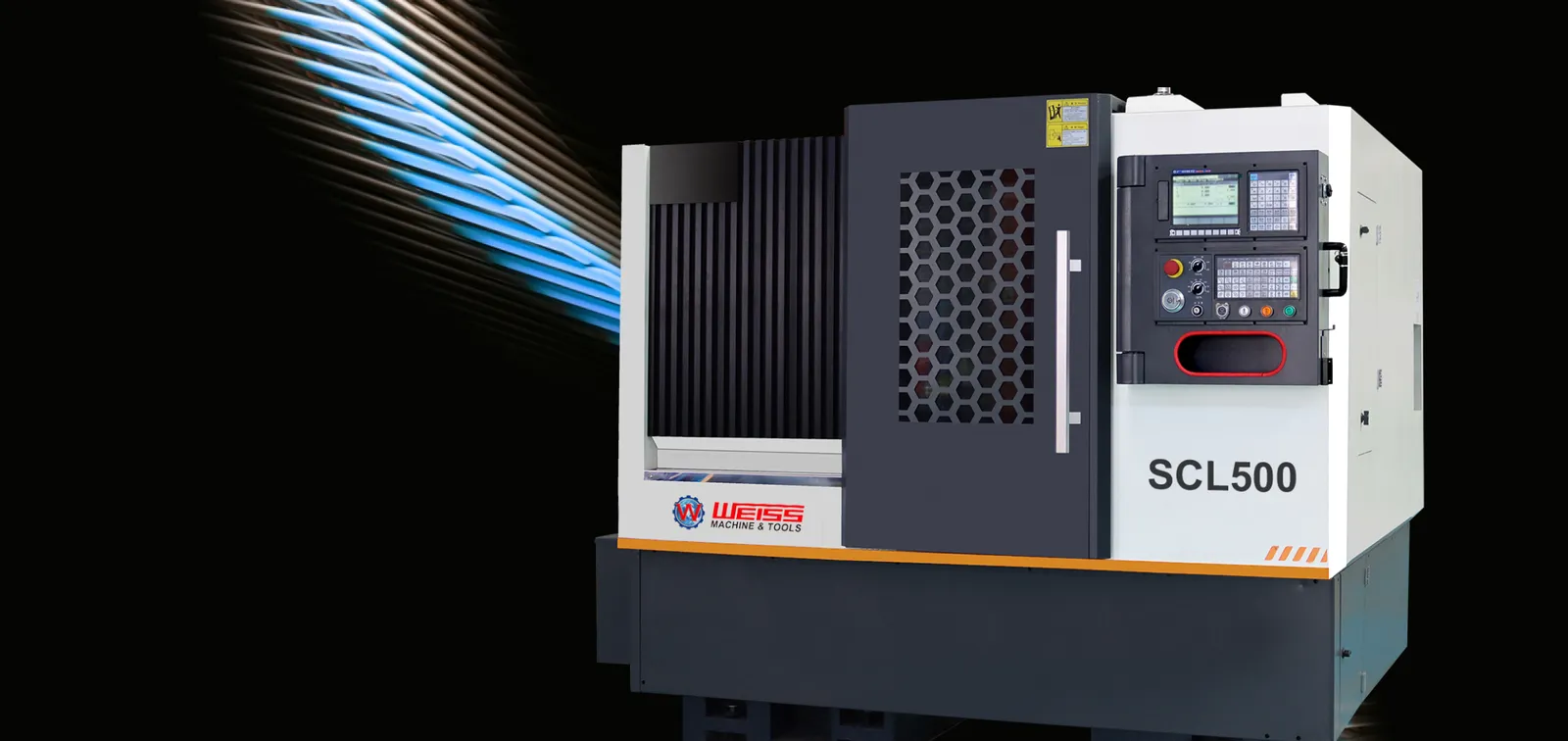
Slant bed and linear guide way CNC lathe.
High speed, High precision, High reliability
View More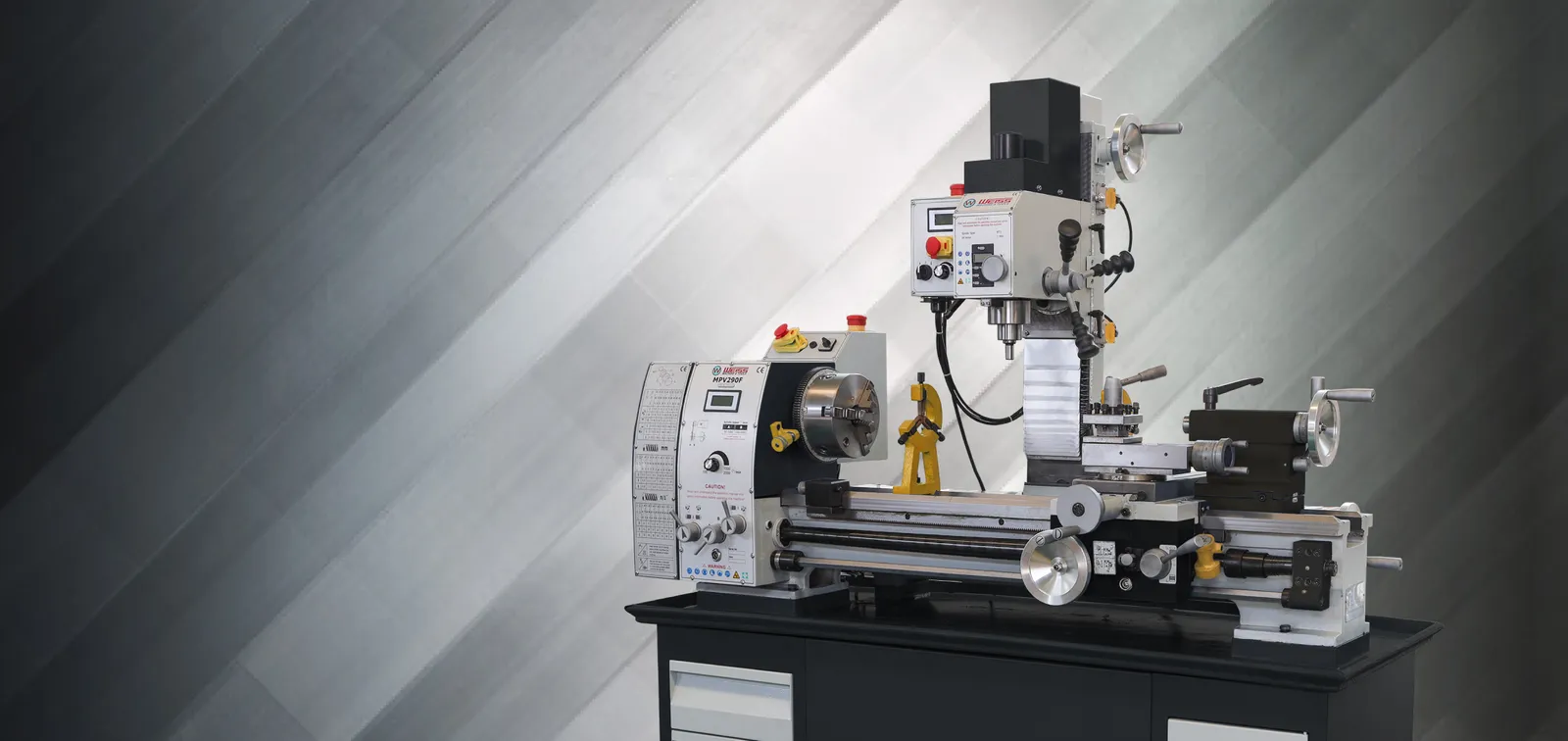
Prouduct quality and reliability Competitive pricing
Product innovatio and cariety
View MoreWEISS MACHINERY CO., LTD. to be your trusted partner for metalworking machine tools. We have a wide range of milling machines , tapping machines, and accessories that meet the highest standards of quality, performance, and reliability. Our machines have brushless motors that ensure low maintenance and high efficiency. We also offer online sales, international delivery, secure payment, professional advice, and 20 years of experience. Weiss, make it easy!
View MoreCompany Establishment
Countries&Regions with Product Sales
Factory Area
Product Varieties


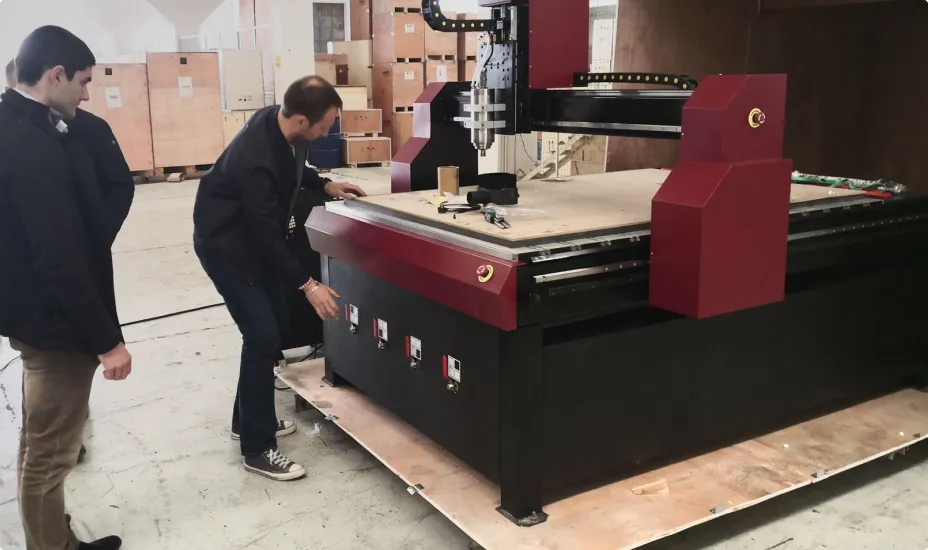
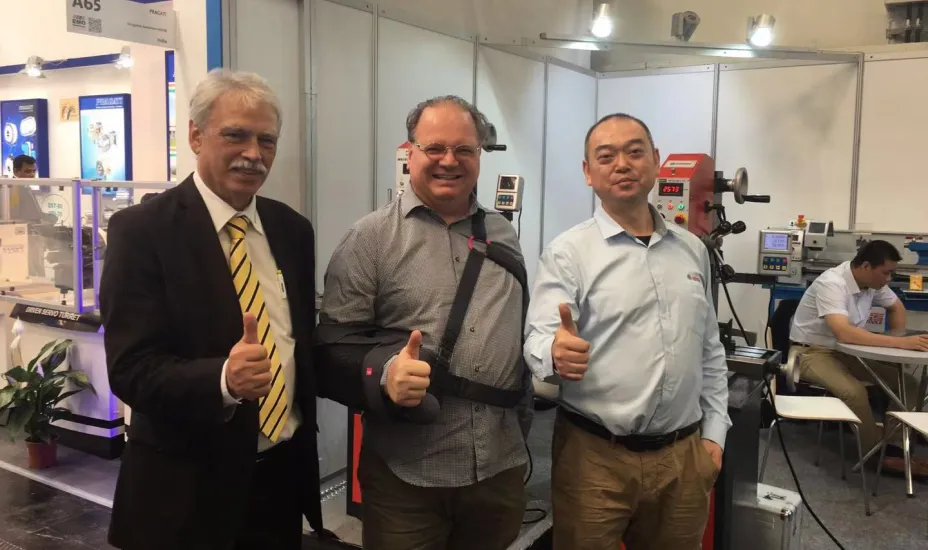
We have been extremely impressed with the quality and performance of the electronic milling machine we purchased from your company. It has greatly enhanced our production capabilities and consistently delivers exceptional results.
MA***N
Your Trusted Partner for Comprehensive Machine Tool Solutions.

Privacy statement: Your privacy is very important to Us. Our company promises not to disclose your personal information to any external company with out your explicit permission.

Fill in more information so that we can get in touch with you faster
Privacy statement: Your privacy is very important to Us. Our company promises not to disclose your personal information to any external company with out your explicit permission.